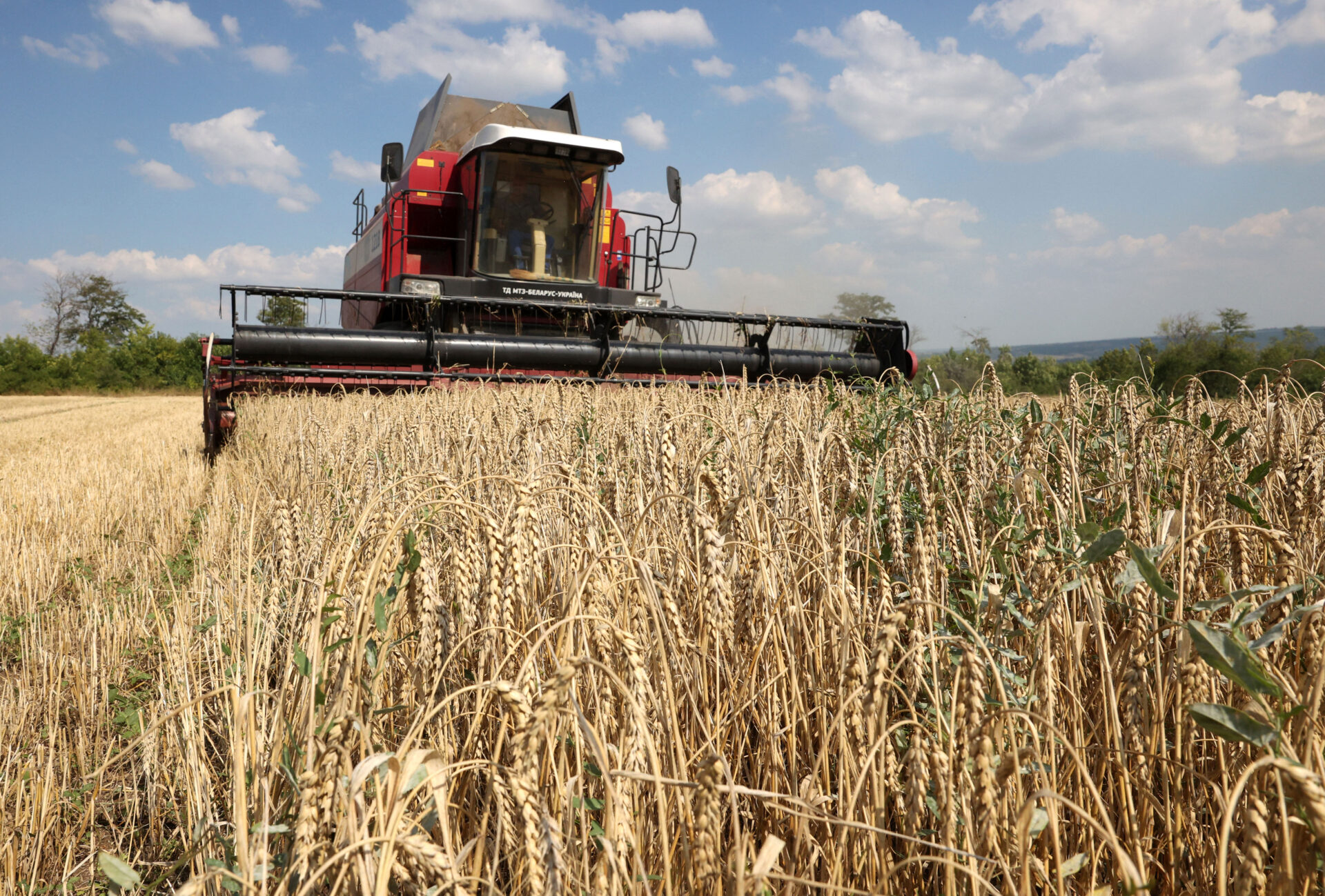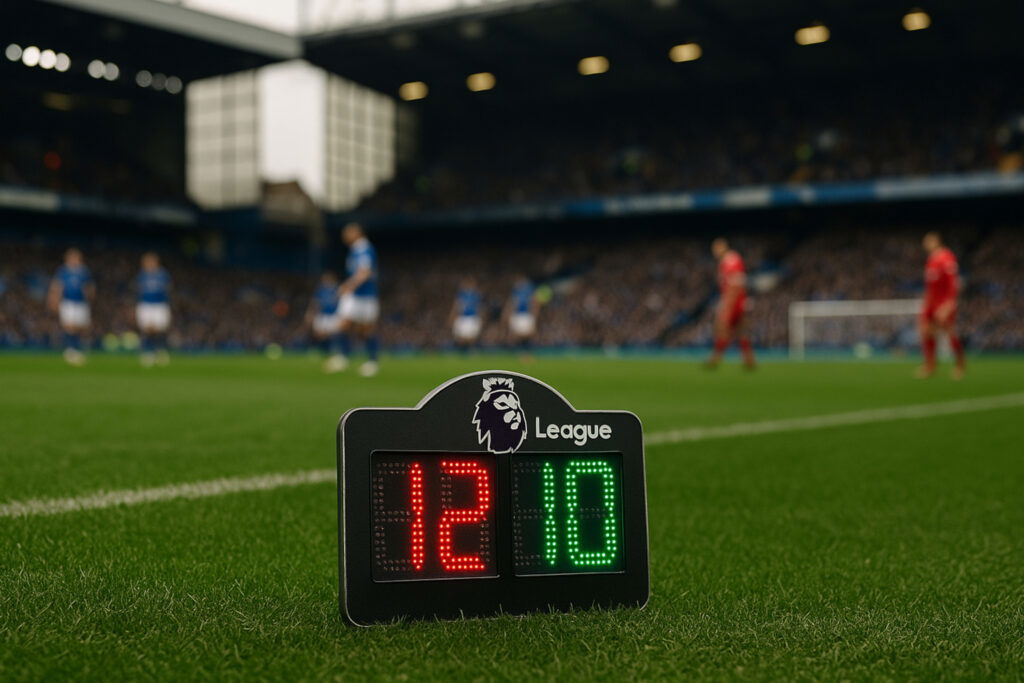Commission wants to maintain agricultural budget in EU multiannual budget

The responsibility for how that agricultural budget can be spent will lie more with the member states, according to the document seen by ANP.
It concerns the new EU agricultural policy for 2028-2034. There were rumors that the Commission wanted to merge the agricultural budget with regional budgets to make the budget more efficient. This led to protests from the European Parliament, the member states, and the farming sector.
The Commission talks about a so-called ‘envelope’ per EU country, which contains the money that member states can spend on agriculture themselves. The Commission believes that member states can distribute the money for farming businesses most efficiently, as they know what their agricultural sectors need.
However, the Commission will still impose requirements on how countries can spend that agricultural budget. For example, the money must be used to make the sector more attractive to young people, for farmers who want to commit to nature and combat climate change, and to protect farmers against “unfair trading practices,” as stated in the document.
The Commission also wants farming businesses to engage in risk diversification, for example by growing multiple types of crops or by combining arable farming and livestock farming.
The Commission is particularly concerned about the aging population in the farming sector. “Only a fraction of farmers is younger than 40 years,” the document states. Young farmers should be able to receive more subsidies more easily, and there should be more agreements for better working conditions. With this, the Commission hopes to ensure the future of the EU food supply.
The agricultural policy accounted for a third of the EU budget in the previous budget. The European Commission will present its proposal for the new multiannual budget on Wednesday. After that, negotiations will begin first with the member states and then with the European Parliament. These negotiations are expected to last one and a half to two years.
(July 15, 2025)














































